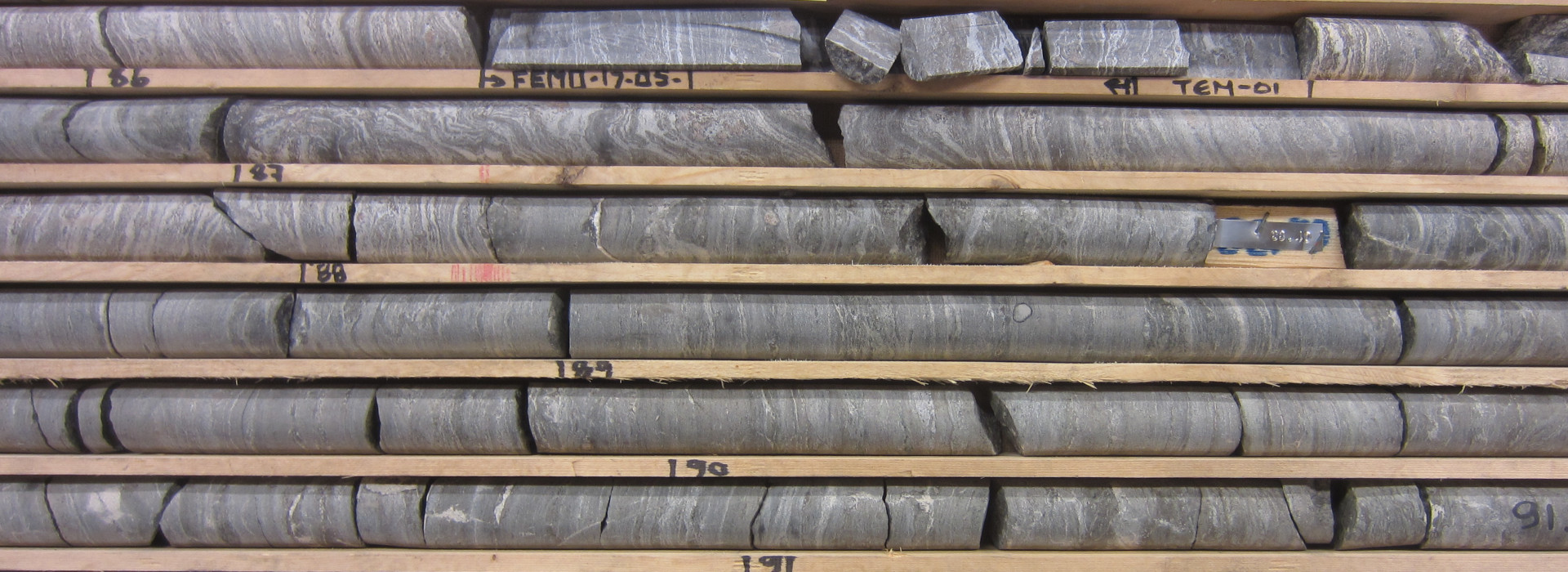Understanding changes in subsurface water routing using surface mineral precipitation (Renewable Energy Program, Helmholtz Foundation)
- Ansprechperson:
Content
In Bad Nauheim, Germany, hydrothermal water has been used since 1823 to operate a Spa. Over the last years, the temperature of the water has been declining from 60 to 30°C. At the same time, layered sinter precipitated in a fountain (Großer Sprudel) that is fed by the hydrothermal water. In a current project, we investigate the major-, trace element and isotope geochemistry of one of these sinters with high-resolution element mapping combined with isotope measurements (δ18O, δ13C, Δ47). We want to test, whether (1) changes in the subsurface flow path or (2) mixing of cold surface water can explain the temperature drop. First results show clear variations of Fe, As or Sr in the sinter. High resolution mapping of trace and major elements (e.g.; Fe, Sr, As, K, Na, REE) ideally coupled to isotope measurements (Sr, S) by LA-ICP-MS are needed to test the validity of the research hypotheses.
